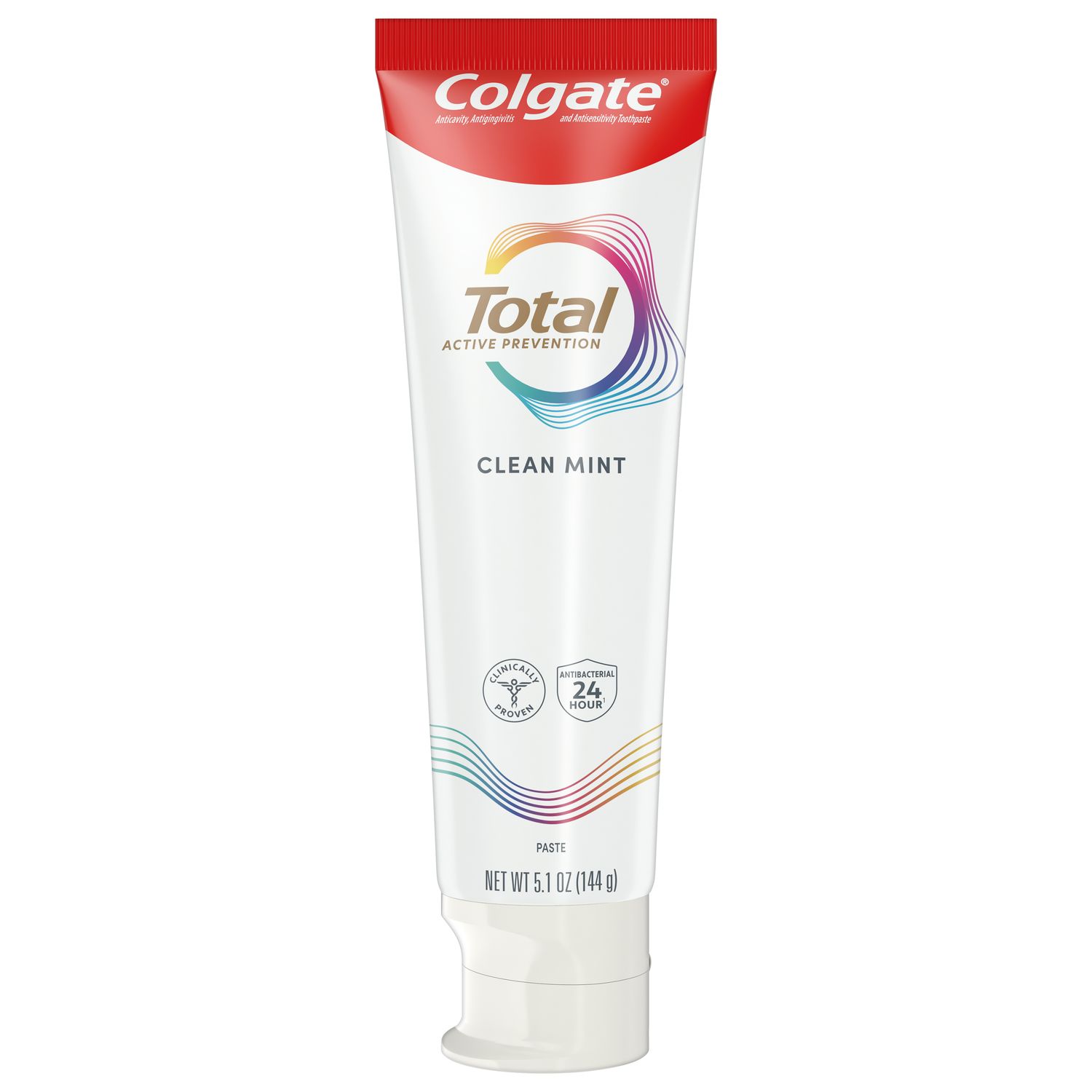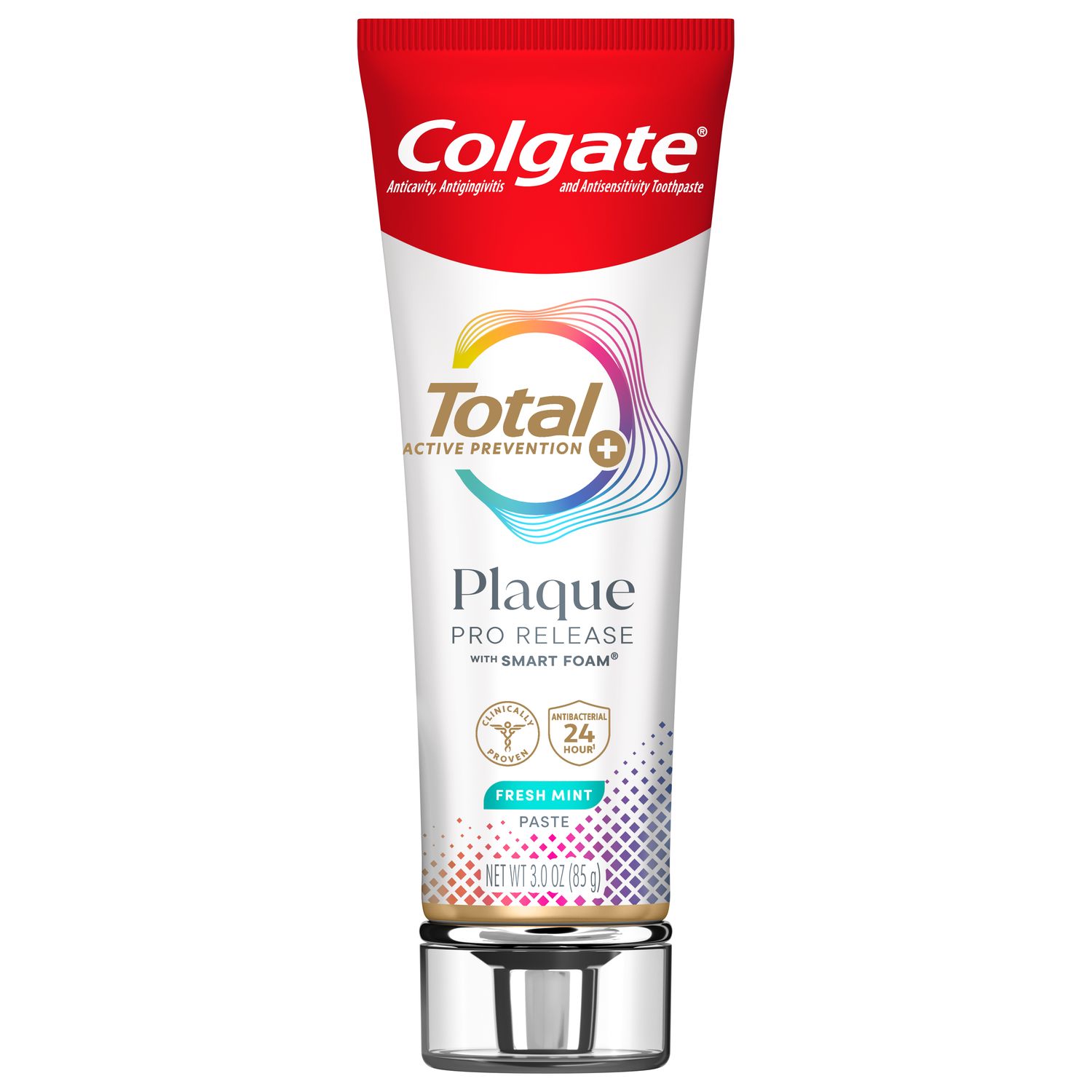
Talking to patients with eating disorders can be a difficult part of a dental hygienist's job. When you see the effects of eating disorders, it is crucial to reach out to your patient in a non-offensive manner. Here's what signs to look out for and how to ask questions appropriately, so that when you experience this tough situation, you'll be more comfortable helping your patients take care of themselves.
Types of Eating Disorders
The most common types of eating disorders are anorexia nervosa, bulimia nervosa and binge eating. Anorexia nervosa is characterized by severe food restriction and causes more deaths than any other mental illness, according to the National Institute on Mental Health (NIMH). People who have this condition are severely underweight, but oftentimes believe they are overweight. People with bulimia nervosa will uncontrollably eat excessive quantities of food and then compensate for this behavior by purging (vomiting, or using laxatives or diuretics), exercising intensely or using several of these methods. Lastly, binge eating is seen in people who overeat for emotional reasons and causes them to be overweight or obese. In the United States, binge eating is more common than any other eating disorder.
Oral Health Effects of Eating Disorders
Not all eating disorders have easy-to-spot oro-facial manifestations. But according to DentistryIQ, you are in an ideal position to help your patients seek treatment, because dental hygienists and other dental professionals are often the first people to see signs of eating disorders.
Self-induced vomiting causes many of the dental manifestations seen in people with bulimia nervosa. Their parotid glands can be swollen, giving their mandible a square-like appearance. Repeated exposure to stomach acids causes the teeth to appear glassy and to lose anatomy, which is evident first palatally on the maxillary anterior teeth and then typically occlusally on the posterior dentition as exposure to stomach acids continues over time. Patients with bulimia nervosa may also suffer from dry mouth due to repeated purging.
People with anorexia nervosa may develop a fine hair all over their skin, called lanugo, according to the NIMH. They can be lethargic, have low blood pressure and a slowed pulse. Bear in mind that, although they are not vomiting, if they are using diet drinks or sucking on lemons to curb their appetite these patients may still show signs of erosion.
How to Talk to Your Patients
When talking to your patients about eating disorders, it is important to approach this issue carefully in order to not offend them. Begin by talking about what you are seeing in their mouths. For example, you might say: "I see a lot of erosion on the back of your front teeth. Do you know want might be causing this?" Show them what you are seeing. Ask questions in a manner that shows you are genuinely concerned about their well-being.
Ask your patients if they have been actively trying to lose weight, but do so gently, as weight loss can occur for a variety of reasons. You can also try asking your patients if they have ever had issues with body image or any issues with eating disorders in the past. Patients who previously suffered from an eating disorder typically still show evidence of it on their teeth, and it is a condition that often recurs. When you ask questions delicately, your patients may open up more readily.
Treatment Recommendations
When treating patients with eating disorder, Dr. Thomas Balshi of the Pi Dental Implant Center states that we should first begin by addressing any areas that may be causing any pain or sensitivity, as these may be preventing patients from wanting to eat. Once these problems are taken care of, patients' self-esteem may improve, thus aiding the recovery process.
You can also recommend several preventive measures in order to help protect damaged tooth structure. Advise your patients to brush daily with a 5,000 ppm prescription fluoride toothpaste that will strengthen teeth and protect against acid wear. In-office fluoride treatments can also help to further strengthen tooth structure. If you use in-office treatment with sodium fluoride varnish, such as Colgate Prevident Varnish, it will also help decrease sensitivity. The road to recovery is long, so if your patients are still struggling, instruct them to rinse with water followed by a fluoride rinse, at other times, to help protect their teeth.
Eating disorders, such as anorexia and bulimia, have a stigma attached to them. When speaking to your patients about these conditions, you need to be very careful with how you present your concerns. By talking about the effects of eating disorders in appropriate terms, your patients can begin the steps towards getting the help they need.
Takeaways
- Eating disorders can come in many forms with varying effects on the oro-facial region.
- By presenting your concerns tactfully, your patients may be more open to seeking help.
- Refer patients to resources, a good one is the National Eating Disorders Association's hotline for help: 1-800-931-2237.
Why It's Important
Dental professionals are often the first people to see the devastating effects of eating disorders. By helping your patients get the help they need, you may just end up saving a life.
Does your patient show signs of an eating disorder? Consider recommending Colgate® PreviDent® 5000 Sensitive (Rx only) to put them on the path to better oral health.
Join us
Get resources, products and helpful information to give your patients a healthier future.
Join us
Get resources, products and helpful information to give your patients a healthier future.













